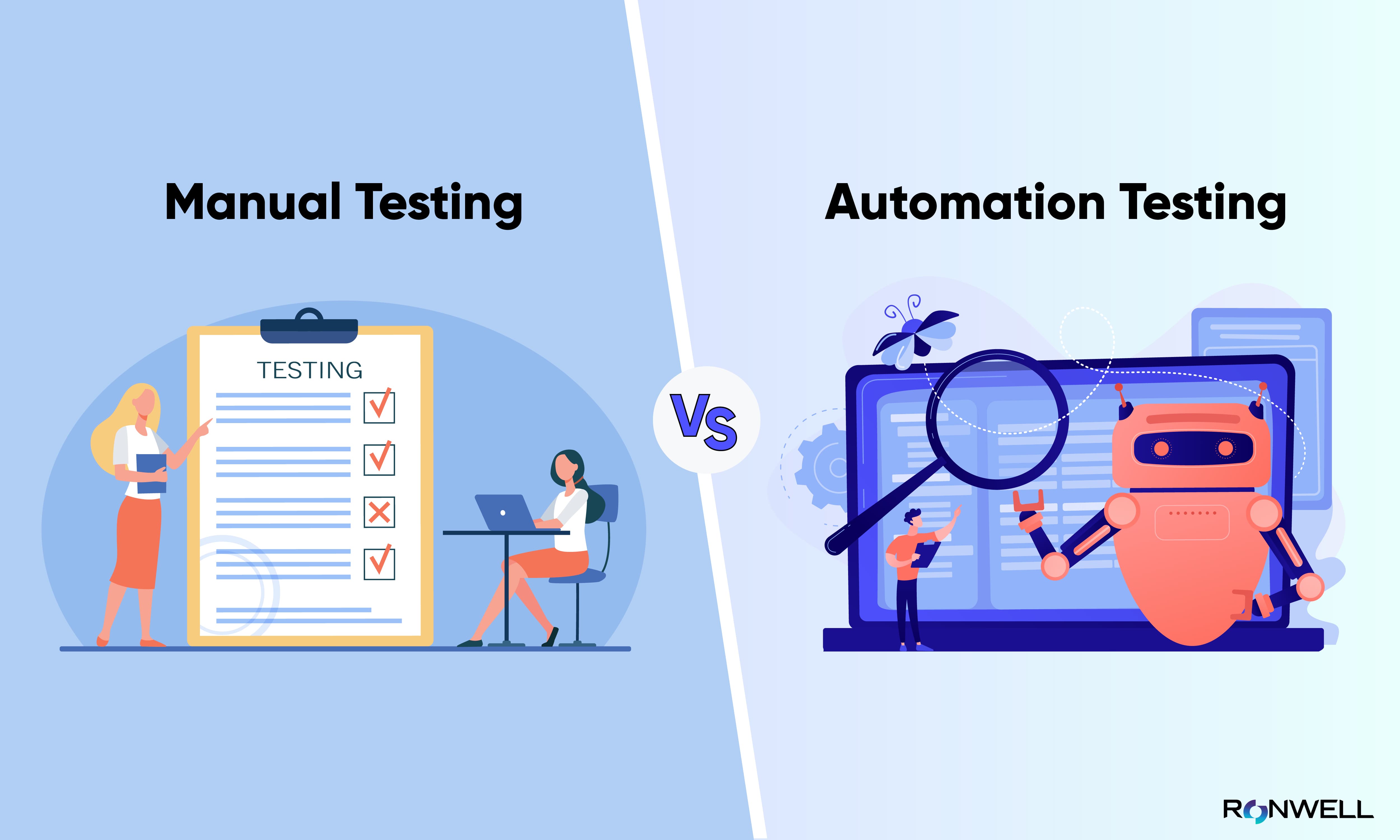Ensuring Success in Automation Testing: Key Metrics, Challenges, and Solutions Every QA Team Should Know
In the world of software application quality assurance, the landscape of automation screening is ever-evolving, requiring a meticulous approach to make sure smooth operations. Key metrics serve as the compass directing QA groups via the vast terrain of examination automation, clarifying progress and areas for enhancement. Nevertheless, challenges loom big, often casting shadows on the path to success. By recognizing these difficulties and implementing effective services, QA groups can browse via intricacies with skill. The trip to mastering automation testing is led with nuances that require a keen eye for monitoring, analysis, and constant enhancement. automation testing. As the market drives ahead, the mission for optimal performance in automation testing remains a constant search, urging QA teams to outfit themselves with the expertise and strategies important for triumph.
Value of Key Metrics
Recognizing the value of key metrics is crucial for assessing the efficiency and efficiency of automation testing procedures. Key metrics act as quantifiable steps that supply important understandings into various aspects of the screening process, such as examination coverage, examination implementation time, problem thickness, and test instance effectiveness. By analyzing these metrics, QA groups can identify bottlenecks, inefficiencies, and locations for improvement within their automation screening framework.
One critical aspect of vital metrics is their ability to track development and monitor the general health of the testing procedure (automation testing). They make it possible for stakeholders to make educated choices based upon data-driven insights, which can bring about much more reliable testing techniques and far better resource allotment. In addition, key metrics can assist groups established realistic goals, determine the success of automation campaigns, and demonstrate the ROI of automation screening initiatives

Usual Difficulties Faced
Challenges commonly experienced in automation screening processes can significantly impact the overall effectiveness and efficiency of QA groups. Automation screening might not cover all facets of screening, such as use and customer experience testing, which still require hand-operated treatment. Conquering these difficulties needs correct preparation, calculated examination case selection, durable upkeep processes, sufficient resources, and a clear understanding of the limitations of automation testing.
Reliable Solutions for Obstacles
To deal with the challenges run into in automation screening, executing effective remedies is necessary for improving the performance and efficiency of QA teams. One key remedy is to spend in robust training programs for QA groups to ensure they have the necessary abilities to efficiently utilize automation devices. Training can bridge expertise spaces, boost understanding of automation frameworks, and improve scripting abilities, ultimately resulting in extra effective examination development and implementation.
One more important solution is to develop clear interaction channels within the QA group and with other stakeholders, such as designers and project managers. Reliable interaction aids in lining up assumptions, sharing progress updates, and immediately addressing concerns or obstructions that may develop during the automation testing process.

Monitoring and Analysis Methods
Carrying out efficient monitoring and evaluation strategies is crucial for ensuring the success and effectiveness of automation testing procedures. By utilizing surveillance tools, directory QA groups can track the performance of test manuscripts, determine bottlenecks, and identify locations for enhancement. Real-time monitoring permits quick detection of problems, enabling fast response and resolution. Furthermore, analyzing examination outcomes Recommended Site and metrics offers beneficial understandings right into the quality of the software being evaluated and the performance of the testing method.
One secret strategy in surveillance and analysis is making use of dashboards that combine pertinent metrics and KPIs in an aesthetically accessible style. These control panels supply a comprehensive summary of test implementation condition, examination insurance coverage, defect patterns, and other important details. Regularly evaluating and evaluating these dashboards can assist QA teams make notified choices, focus on jobs, and maximize screening initiatives.
In addition, implementing automated alerts and notifications based upon predefined limits can enhance positive tracking and timely intervention. By establishing alerts for performance deviations or test failings, groups can attend to problems immediately and avoid them from escalating. Overall, monitoring and analysis techniques play an essential duty in making certain the performance and success of automation testing initiatives.
Continual Renovation Approaches
Enhancing the efficiency of automation testing processes necessitates the regular improvement of techniques and methods. Continual renovation methods are pivotal for QA teams to adapt to advancing technologies and provide high-quality software. One essential strategy to enhancing automation testing processes is to conduct normal reviews and retrospectives. By examining past imp source screening cycles, teams can recognize traffic jams, ineffectiveness, and areas for enhancement. Executing responses loops and incorporating lessons found out right into future screening frameworks can produce substantial renovations gradually.

Final Thought
Finally, it is important for QA groups to recognize the crucial metrics, challenges, and solutions in automation testing to ensure success. By very carefully monitoring and assessing information, applying effective solutions to common challenges, and continually enhancing approaches, QA groups can enhance their screening processes and deliver high-grade software items. Adhering to these methods will eventually cause more reliable and reliable automation screening practices.
By examining these metrics, QA teams can recognize traffic jams, ineffectiveness, and locations for improvement within their automation screening structure.
Additionally, vital metrics can assist groups established reasonable goals, measure the success of automation campaigns, and demonstrate the ROI of automation screening initiatives.
Challenges frequently encountered in automation screening processes can substantially impact the total performance and performance of QA groups. Automation screening may not cover all facets of screening, such as usability and customer experience screening, which still need manual treatment.In final thought, it is crucial for QA teams to understand the key metrics, challenges, and solutions in automation testing to make certain success.